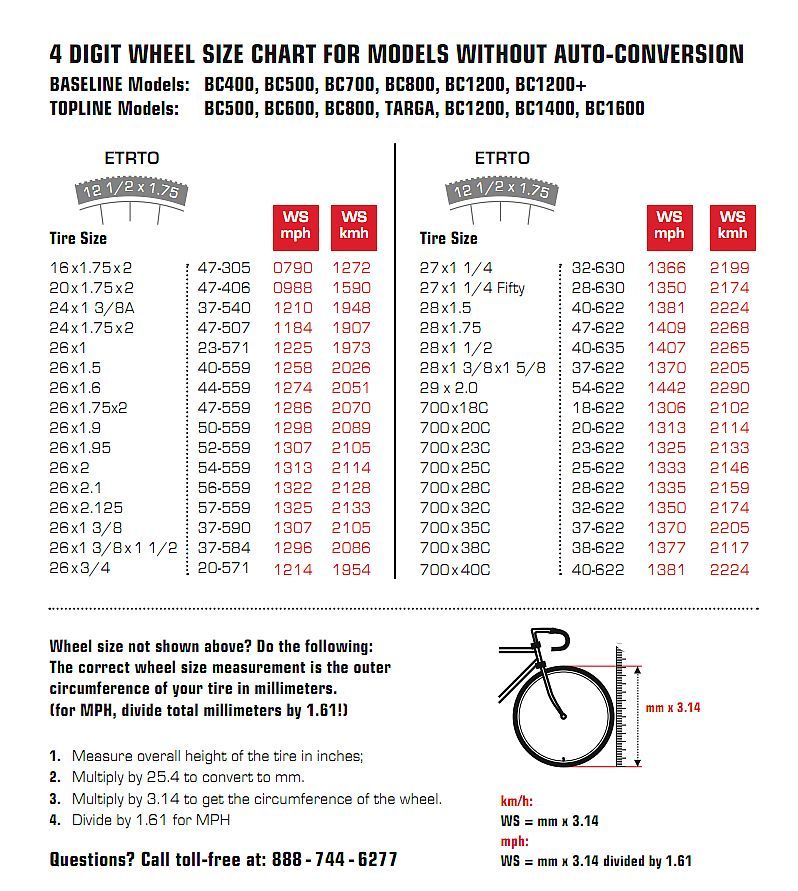Replacing your vehicle’s tires with bigger ones is not bad. It improves handling, cornering, decreases cornering distance, and increases acceleration. But it is essential to know that using bigger tires would alter your speedometer calibration, and you may need to recalibrate it to get an accurate reading of your vehicle’s speed.
A speedometer will read a speed slower than the vehicle’s actual speed when you replace your standard tires with larger ones.
You may need to calibrate your vehicle’s speedometer after replacing your tires with new ones, especially if the new tires are of different sizes.
There are two types of speedometers, mechanical speedometers and electronic speedometers. Each is calibrated using a different method. The following is a guide on how to calibrate the two types of speedometers.
To adjust your analog speedometer gauge for bigger tires, first, count the number of teeth on the drive gear. Then, calculate the tire’s number of revolutions per mile, then replace the old driven gear with the right one.
Calibrating a mechanical speedometer is a complex process. One may need the help of a technician since it involves replacing some parts.
You start by locating your transmission. Transmission can be pin-pointed by opening the hood or lifting your vehicle and searching for it from the bottom. The speedometer cable is normally bolted on the transmission’s tail shaft. Unbolt the speedometer cable from the tail shaft.
The speedometer cable is normally bolted on the transmission’s tail shaft. Unbolt the speedometer cable from the tail shaft.
Remove the gear housing cover by unbolting the screw holding it in place. Using an adjustable spanner would be quicker than any other spanner. You will see two gear. The speedometer cable is attached to the driven gear, while the drive gear is attached to the transmission.
Count the number of teeth on the drive gear and note down.
Determine the diameter of your wheel by measuring from the top to the center of the wheel. Then multiply this value by two to get the diameter. To get the tire’s revolutions per mile, divide 20,168 by the diameter of the tire.
Multiply the tire’s number of revolutions per mile by the value of the number of teeth on the drive gear. Then multiply the value you get with the axle’s ratio. The axle’s ratio is normally found on the vehicle’s manual or inside the vehicle’s glovebox. Divide what you get with 1,001.
The axle’s ratio is normally found on the vehicle’s manual or inside the vehicle’s glovebox. Divide what you get with 1,001.
The value you get is the number of teeth of the driven gear needed so that your speedo gives accurate vehicle speeds. Provide your local dealership with the number of teeth of the driven gear, the make of your vehicle, model and model year of your car to ensure they deliver the right gear.
Replace the old gear with the right one and attach the speedometer cable at the right place. Return everything to its position.
Identify the speedometer calibration button and press-hold, crank your vehicle and then release the button. Push the button and drive the distance recommended by the manufacturer. After driving, press the button again, and the speedometer will automatically calibrate itself.
Electronic speedometers are easy to calibrate. Manufacturers always provide the distance of the test drive needed for speedometer calibration. This information is normally available in the owner’s manual.
This information is normally available in the owner’s manual.
Improved Grip and Traction
Larger tires have a larger surface area in contact with the track.
This enhances grip and traction and improves the vehicles handling. Bigger and thinner tires offer more traction on snow.
Enhances Cornering
Bigger wheels with wide threads and stiffer walls offer more road contact enhancing cornering at high speeds. This is the main reason racing cars have more massive and wider wheels.
Improved Breaking
Big tires will offer more surface contact with the track. This enhances braking and reduces braking distance.
Better Appearance
Vehicles with bigger and wider tires look better than those with smaller tires.
Hard Steering
A larger tire has more contact with the surface making it very hard to steer..jpg) A larger tire also means more weight to be turned by the steering system.
A larger tire also means more weight to be turned by the steering system.
Increased Fuel Consumption
Installing bigger tires would increase the weight to be turned by the engine, leading to more fuel consumption. But this weight increase would not have any effect on vehicles with powerful engines.
Increased Tire Wear
Larger tires wear out faster due to lower sidewalls, wheel scraping, and stiff steering.
Inaccurate Speedometer Reading
Installing a larger wheel without calibrating your vehicle’s speedometer would result in inaccurate readings. Calibration may require the replacement of driven gear, which may be more expensive.
Safety System Warning
Various safety warnings would appear on the dash due to the wrong tire size. Since the wheel speed sensors work together with the engine control unit, traction control, and the ABS, you may get an ABS or traction control warning light.
Many people get confused about what the letters and numbers on the side of their tire wall stand for.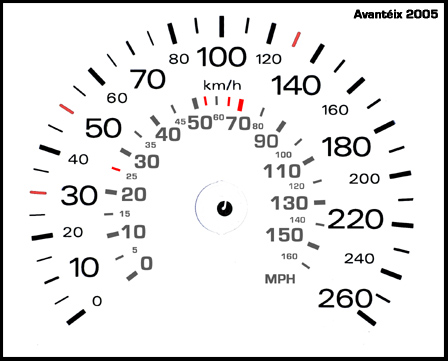 We will use a case study to explain what these letters and numbers stand for and how to determine the size of your wheels. Let’s assume your wheel is numbered P215/65R/15 95H.
We will use a case study to explain what these letters and numbers stand for and how to determine the size of your wheels. Let’s assume your wheel is numbered P215/65R/15 95H.
Tire Type
The first letter “P” refers to the standard to which the tire is made. The tire is a P-metric tire, the standard used in the United States. This standard shows that this tire is designed for passenger vehicles. If the tire starts or ends with the letter “LT,” this means the tire is designed for light trucks. Always refer to your owner’s manual to know which type of tire is suitable for your vehicle.
32′ x 9.50″ BFGoodrich KO2 All-Terrain Tire on my 1993 Jeep YJ SaharaTire Width
Tire width is the distance between the two sidewalls. The first three digits represent the tire width in millimeters. In our case, the tire width is 215 millimeters.
Aspect Ratio
The Aspect ratio is the ratio of the height of the tire cross-section to its width. The two-digit number after the backlash mark represents the tire’s aspect ratio. The larger the ratio, the bigger the aspect ratio.
The two-digit number after the backlash mark represents the tire’s aspect ratio. The larger the ratio, the bigger the aspect ratio.
Construction
They are various types of tire construction. It may be radial, basic, ply, etc. “R” stands for radial, which means the tire is layered radially.
Wheel Diameter
The two-digit number after the letter “R” is the diameter of the wheel in inches. In our example, the wheel is 15 inches in diameter.
Speed Ratings
The last letter on your tire label represents a certain speed on the speed chart. This shows the stopping power of the wheel.
Tires with high-speed ratings have better stopping power and less durable threads.
In this case, the last letter is H, meaning the speed rating is 210 km/h.
Tire Width
Tires with a broader profile offer more grip than those with a narrow profile.
Tire Profile
Tires with high profile offer a comfortable ride and provide more protection. Tires with a low profile are prone to the same. They give a rough ride but are better looking and enhance steering performance.
Manufacturer’s Warranty
Different manufacturers offer different warranty terms. There is often a list of damages that a warranty can cover. Some manufactures offer a very narrow list of damage that their guarantee can cover, while others cover more. Always check the terms of a warranty before buying.
Tread Pattern
There are three types of treads; symmetrical, directional, and asymmetrical. Symmetrical tires offer quiet performance but offer substandard grip on rainy weather. Asymmetrical tires perform well in rains as they disperse the water well but are more expensive.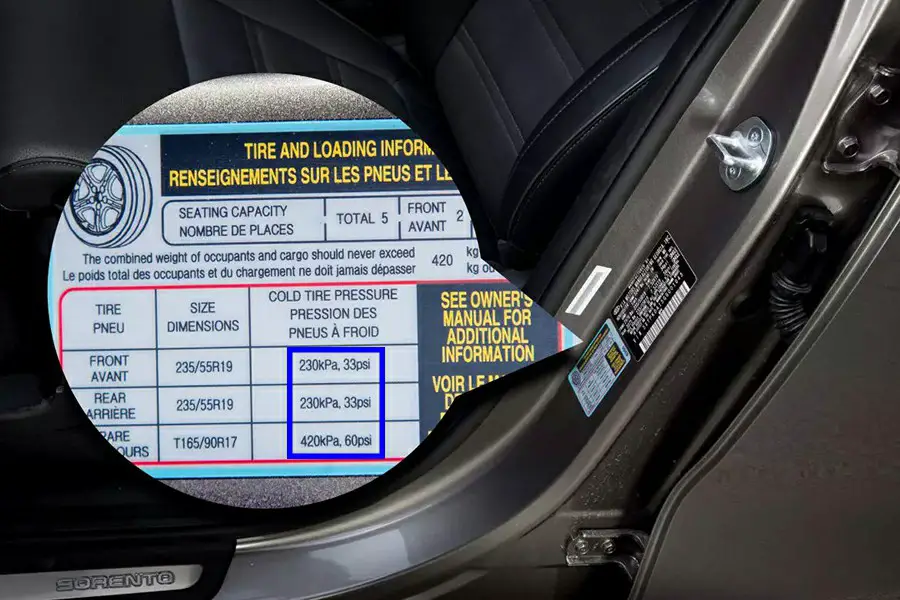 Directional threads function best in rains but produce so much noise.
Directional threads function best in rains but produce so much noise.
Installing bigger tires improves acceleration, handling and makes your vehicle look good, but it is essential to recalibrate your speedometer to get correct vehicle speed readings.
Thank you for reading this article. Please feel free to comment and share.
by Alexander Poirier
speedometer image by Larry from Fotolia.com
A vehicle's speedometer gives the driver an accurate estimation of the vehicle's speed. The speedometers on stock vehicles are calibrated for use with the vehicle's stock parts. Changing the stock parts, including the vehicle's tires, can throw off the speedometer calibration; larger tires cause the speedometer to read a speed slower than the vehicle's actual speed while smaller tires cause the speedometer to read a speed faster than the vehicle's actual speed.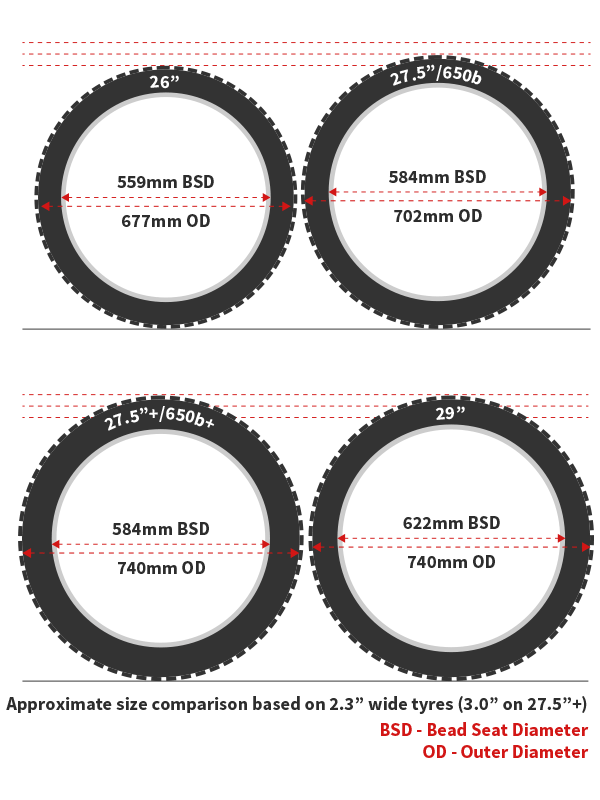 You may recalibrate a speedometer in a few simple steps.
You may recalibrate a speedometer in a few simple steps.
Open the vehicle's hood and locate the transmission. Unscrew the speedometer cable from the transmission's tail shaft and use a crescent wrench to unscrew the bolt holding the gear housing cover in place. Remove the plate to expose the two gears: the drive gear mounted inside of the transmission and the driven gear attached to the speedometer cable. Count the number of teeth on the drive gear and note the number.
Measure from the top of one of the vehicle's wheels to the center of the wheel. Multiply this number by two to determine the diameter of the tire. Divide 20,168 by the tire's diameter to determine the tire's revolutions per mile.
Multiply the vehicle's revolutions per mile by the amount of drive gear teeth determined in Step 1. Multiply this value by the vehicle's axle ratio. Look for the vehicle's axle ratio in the supporting documents that came with your vehicle.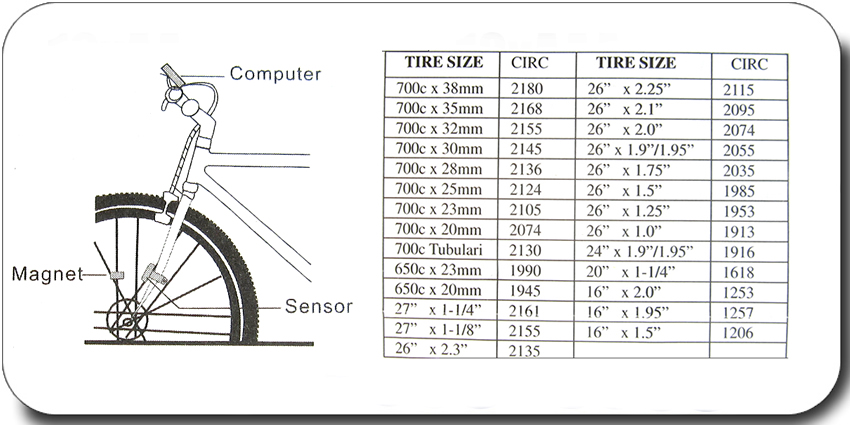 It may also be found inside the vehicle's glove box. Divide the solution by 1,001. The resulting number is the number of driven gear teeth needed.
It may also be found inside the vehicle's glove box. Divide the solution by 1,001. The resulting number is the number of driven gear teeth needed.
Contact the vehicle's manufacturer or a local speedometer service location and purchase the necessary driven gear for your vehicle. You must provide the make, model and year of your vehicle to ensure you receive the right gear.
Remove the old driven gear from the end of the speedometer cable by pulling it out of the clips that hold it in place. Clip the new driven gear into place on the speedometer cable. Replace the gear housing cover and secure it in place with the bolt you removed in Step 1. Secure the speedometer cable back into position.
Determine the distance of the test drive needed to recalibrate your speedometer. This information may be in your owner's manual or other supporting documentation, but it is also available from the vehicle's manufacturer.
Press and hold the calibration button on the speedometer, start the vehicle and release the button.
Press the button again and drive the distance prescribed by the speedometer manufacturer.
Press the button a third time after you have driven the designated distance. After pressing the button the third and final time, the speedometer will recalibrate itself to fit the new tire size.
Things You'll Need
Writer Bio
Alexander Poirier began writing professionally in 2005. He worked as the editor-in-chief of the literary magazine "Calliope," garnering the magazine two APEX Awards for excellence in publication. Poirer graduated from the University of the Pacific with a Bachelor of Arts in English.
This word comes from Greek: ὁδός - road and μέτρον - measure. In a car, this is a counter that records the distance traveled by it. Each car usually has a full mileage odometer - without the possibility of resetting the readings and a daily clock, the readings of which can be reset to zero. The odometer is structurally integrated with the speedometer and has one drive with it.
Each car usually has a full mileage odometer - without the possibility of resetting the readings and a daily clock, the readings of which can be reset to zero. The odometer is structurally integrated with the speedometer and has one drive with it.
The odometer is a very important tool, as it determines the time of car maintenance (changing engine oil, adjusting valves, replacing the timing belt, checking wheel alignment, etc.). And therefore, it indirectly indicates the technical condition of your car. It is not for nothing that experienced motorists are interested in the mileage of a car when buying a used car, and even more experienced sellers of such cars have long learned to reduce readings in various ways. But not everyone is equally virtuoso. Therefore, when buying a used car, it would be useful to ask the seller to give you a ride on it and observe the behavior of the speedometer needle and the smoothness of changes in the odometer reading. If you notice jamming or jerking in their work, be sure that the odometer shows the value that the owner of the car considered suitable for this case.
If you notice jamming or jerking in their work, be sure that the odometer shows the value that the owner of the car considered suitable for this case.
I hope we figured out what an odometer is and how it is used. Now, a few examples of how you can use the daily mileage counter:
This is the application of the daily mileage meter that comes to mind in the first place.
The dashboard of a modern car, of course, cannot be compared with the dashboard of an airplane, however, it can confuse an inexperienced driver. The speedometer, tachometer, odometer and other instruments and indicators, of course, are necessary and important, but they still require an explanation of their functions and their purpose. In this article, we will talk about what a car odometer is, what they are, and also say a few words about how and why the readings of these devices are distorted.
Electronic odometer on the dashboard. At the bottom is the total mileage, at the top is the daily mileage, on the right is the button to reset the daily mileage.
If the speedometer measures the speed at which the car is currently moving, the odometer shows the number of kilometers that the car has traveled. Translated from Greek, odo means road, and meter, respectively, to measure. So in the end we get, such a “price meter”.
The odometer counts the kilometers traveled by counting the number of wheel rotations. Usually this device has two types of readings. The total mileage of the car, here is considered every kilometer passed by the car from the moment it left the assembly line, as well as the so-called daily mileage. It is called diurnal rather conditionally. In fact, you press a button, reset this scale to zero, after which you can see the mileage of any segment of the path that you have traveled for any time. Well, this indicator is usually called daily by taxi drivers, and this name came from them.
What a mechanical odometer looks like on the dashboard
There are only three types of odometers:
Mechanical odometers are more than simple. There is a cable that is connected to the output shaft of the gearbox, there is a mechanical counter with several, as a rule, five drums, to which the rotation of the cable is transmitted through a special mechanism. The drums are marked with numbers, from which the odometer readings are added.
There is a cable that is connected to the output shaft of the gearbox, there is a mechanical counter with several, as a rule, five drums, to which the rotation of the cable is transmitted through a special mechanism. The drums are marked with numbers, from which the odometer readings are added.
In electronic-mechanical odometers, the rope rotation is recorded by means of an electronic counter. Well, in purely electronic odometers, there is no cable at all. Instead, Hall sensors or other electronic components are used to calculate the distance. At the same time, in the case of an electronic odometer, the readings are recorded by the on-board computer of the car. Such systems are considered the most accurate and reliable, but even they allow a measurement error of as much as five percent.
What the electronic odometer looks like on the dashboard
The reasons for the distortion of the odometer readings can be different. For example, this is wheel slip when they rotate, but the car is stationary. And although such moments make up a tiny part of the overall operation of the car, at high mileage, they can contribute to the distortion of the odometer readings.
And although such moments make up a tiny part of the overall operation of the car, at high mileage, they can contribute to the distortion of the odometer readings.
Another cause of inaccuracies in the readings of such devices is tires with a radius different from that for which the odometer is designed.
, we'll talk about them.
Reasons for deliberate corrections of odometer readings can be:
As we can see, the reasons are mostly not very correct and decent. If you reduce the actual mileage figure, the car can be sold for more. If you rewind the odometer to certain indicators, you can hide the fact that the car drove and sometimes drove a lot when it should be quietly standing in the garage.
Nevertheless, today equipment is officially produced that allows you to correct indicators even for electronic odometers, which is a very difficult task without special skills and knowledge. Moreover, in a number of European countries, such manipulations are punishable by a prison term and quite significant for such tricks.
The easiest way, from a technical point of view, is to rewind the mechanical odometer. The cable is removed from the shaft, clings to a drill or other similar power tool, after which it rotates in the right direction for some time. But, not all even mechanical odometers allow you to unwind yourself so easily. Then you have to remove the counter itself and perform more complex manipulations with it.
As for electronic odometers, which are the majority today, they are rewound using special devices and software that enter the changed data into the memory of the car's on-board computer. In some cases, one or more on-board controllers have to be reprogrammed, because the readings of magnetic wheel speed sensors are transmitted not only to the odometer.
It should be noted that the changed odometer readings not only mislead either the potential buyer or the person who controls the use of the machine, they can be an obstacle to the timely passage of the machine, maintenance or even the correct diagnosis of certain problems. Therefore, in the vast majority of cases, such corrections are, in fact, fraud.
Many motorists are interested in the question: odometer - what kind of device is this and what is it intended for? Modern cars are equipped with many different devices and devices, so it can be difficult to understand the purpose of all devices. In this article we will talk about the device and principle of operation of the odometer, its varieties, as well as errors.
[ Hide ]
So, what is an odometer in a car and what is the difference between it and a speedometer? Consider the description of the device, let's start with its design and purpose.
The odometer is a mechanism designed to measure the number of revolutions of the vehicle's wheels while driving. That is, this node allows you to measure the distance traveled by the machine. The odometer readings are shown on the dashboard of the car - this is the total mileage of the car and the daily mileage. In particular, these two scales are located on the speedometer itself.
We figured out what the device is, now let's move on to its design.
Device device includes:
Now let's move on to the principle of operation. The device itself is either a mechanical (depending on the type) or an electronic device that allows you to accurately determine the number of revolutions that the wheel performs.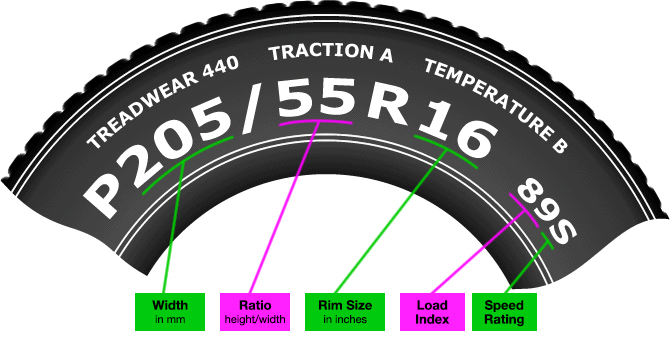 This data allows the driver to determine the mileage traveled - that is, the total mileage of the car for its entire operation, as well as the mileage for a certain time period. The data that the motorist ultimately receives is displayed on the dashboard in numerical form, namely in kilometers.
This data allows the driver to determine the mileage traveled - that is, the total mileage of the car for its entire operation, as well as the mileage for a certain time period. The data that the motorist ultimately receives is displayed on the dashboard in numerical form, namely in kilometers.
This is the principle of operation - the wheel of the vehicle performs a certain number of revolutions for each kilometer traveled. Moreover, this indicator will always be the same. If you know exactly how many revolutions the wheel has made, it is quite possible to calculate the distance traveled, which is shown on the counter.
If necessary, the driver can always reset the information on the odometer (daily mileage) if you need to determine the distance from one point to another. Thanks to this, you can also find out the fuel consumption of the vehicle. Naturally, if the odometer does not work, it will be problematic to determine this.
Winding up or twisting the mileage of the car is not difficult. This is confirmed by multiple photos and videos that can be found on the network. Twisting a car's mileage increases its value in the market, so twisting is a common practice among resellers. But in order to wind and twist the mileage, you need to know exactly what type of device is used in the car.
This is confirmed by multiple photos and videos that can be found on the network. Twisting a car's mileage increases its value in the market, so twisting is a common practice among resellers. But in order to wind and twist the mileage, you need to know exactly what type of device is used in the car.
The odometer programmer must be used according to the instrument type. And the type of device, in turn, may differ depending on the model of the vehicle, its year of manufacture.
A total of three types of instruments are distinguished:
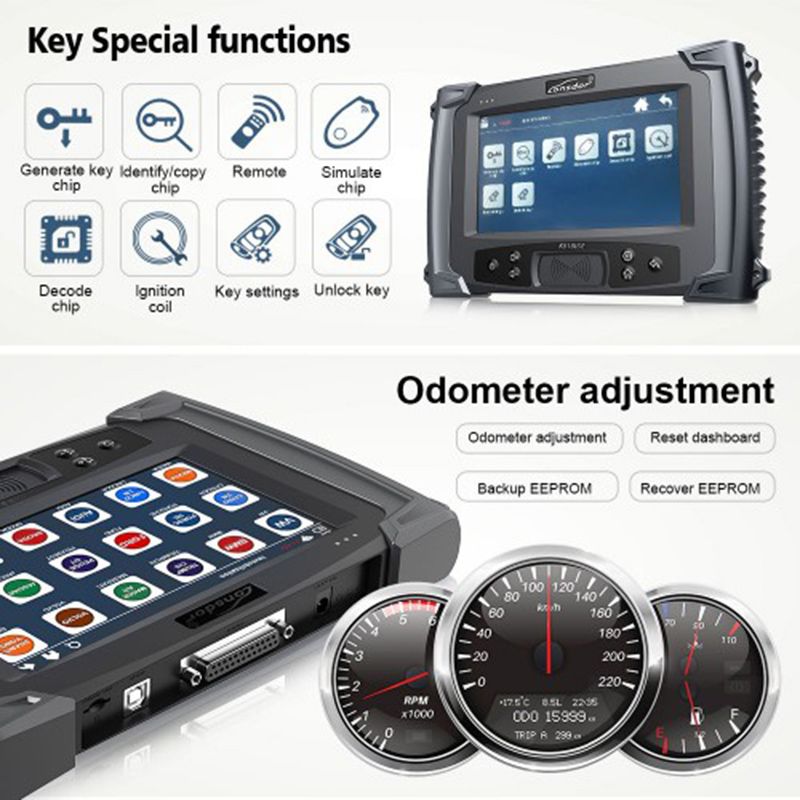 In this case, the odometer correction is carried out using CAN-twists. The counter reads the wheel revolutions using mechanical links, but subsequently all this information is converted into signals. As a result, the data will go to the dashboard.
In this case, the odometer correction is carried out using CAN-twists. The counter reads the wheel revolutions using mechanical links, but subsequently all this information is converted into signals. As a result, the data will go to the dashboard. Almost any modern device works with an error. To date, there is a certain standard of errors, for example, for mechanical devices it is 5%. If the vehicle is used in harsh and different conditions, this parameter can be increased up to 15%. It takes into account the wear and tear of various components and parts of the car. For example, wheel slip.
Formally, the vehicle is moving because the wheels are turning, but in fact the vehicle is in place. In addition, gaps, weakened springs in the structure, weakening of the cable or poor grip also affect the readings of the device. Devices of the electromechanical type read the signals that come from the speed controller per unit of time. In this case, the error will be lower, and the accuracy will be higher. In fact, electromechanical instruments rarely give more than 5% accuracy, even if the car is quite old.
In addition, gaps, weakened springs in the structure, weakening of the cable or poor grip also affect the readings of the device. Devices of the electromechanical type read the signals that come from the speed controller per unit of time. In this case, the error will be lower, and the accuracy will be higher. In fact, electromechanical instruments rarely give more than 5% accuracy, even if the car is quite old.
As for digital instruments, they are the most accurate of all, since in this case mechanical links are not involved. But such devices may have an error directly related to the wear of the wheels and their replacement (the author of the video is Ilya Grigoriev).
As we have already said, winding the odometer is a common procedure, in particular, during pre-sales work. Odometer correction makes it possible to demand more money for the car, which, of course, is beneficial for every car owner who decides to sell his car. In order to wind up the mileage, even special equipment is used to correct odometers, for example, a 5 pro spinner.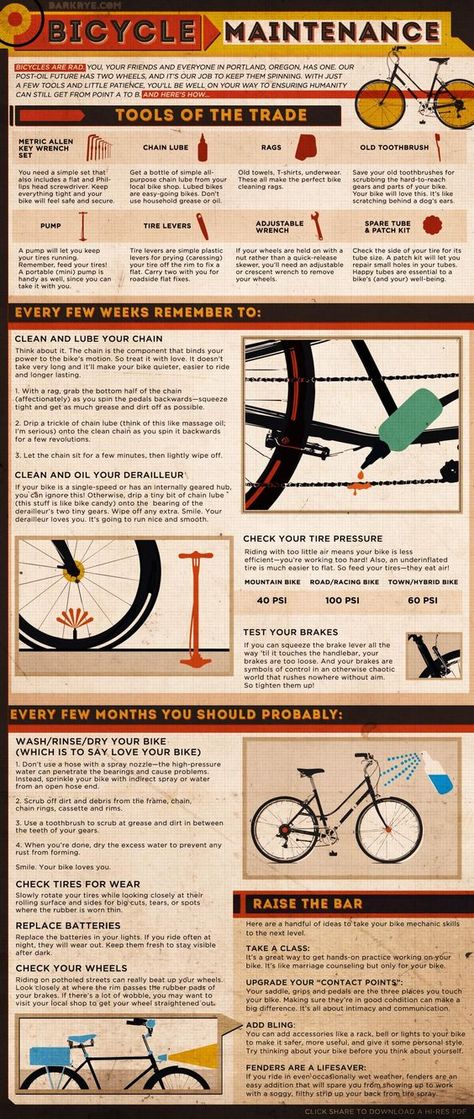 But how to understand that manipulations were carried out with the device?
But how to understand that manipulations were carried out with the device?
How can I tell if the odometer has been corrected mechanically? The winding of the odometer in this case can be carried out even by a motorist who has no experience in this process. If the odometer was adjusted by hand, it will be quite difficult to identify it later. But the car owner can always diagnose the fastening of the device drive. If the place of fixation itself is clean, then this means that everything is fine with the device, but if dirt is visible around, then this indicates that the nut was unscrewed at one time.
The odometer corrector will allow you to easily rewind the readings of an electromechanical device, for this you need to open its case and disconnect the gears. If you notice that the integrity of the joints has been violated, and traces are visible on the fasteners, then this indicates a possible rewind of the readings.
An odometer calculator can also be used for the electronic instrument. Traces of intervention can be identified by violation of the integrity of the case.
Sorry, no polls available at this time.
You will learn more about this from the video below (the author of the video is SULTAN).
A used car has a long history of use. A lot of secrets in the life of a car, which the previous owner is in no hurry to tell. The experienced eye of a car repairman immediately sees the deception. Devices allow you to measure some characteristics. It is quite difficult to measure the mileage of a car if it has been twisted. According to some common signs, the real mileage cannot be hidden by dishonest sellers. You can check the real mileage of the car with the help of practical notes from car repairmen.
The car's mileage is calculated on the dashboard. Drivers are accustomed to determining the countdown of kilometers or miles by the odometer. An odometer is a device that converts the rotation of a wheel into a reading on a scale. Devices are divided according to the sensor device:
Drivers are accustomed to determining the countdown of kilometers or miles by the odometer. An odometer is a device that converts the rotation of a wheel into a reading on a scale. Devices are divided according to the sensor device:
When buying a used car, the mileage on the panel does not always correspond to the real one. The reasons are:
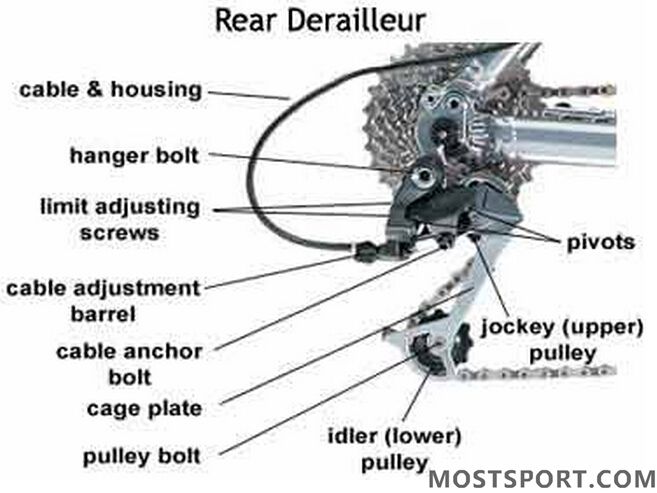
In such situations, the question arises: "How to determine the actual mileage of the car?" Below are indirect signs by which the age and mileage of a car is determined.
Vehicle mileage can be adjusted in the following ways:
Rolling the odometer is not illegal in some countries. For a few dollars, an adjustment service will be provided at a used car dealership.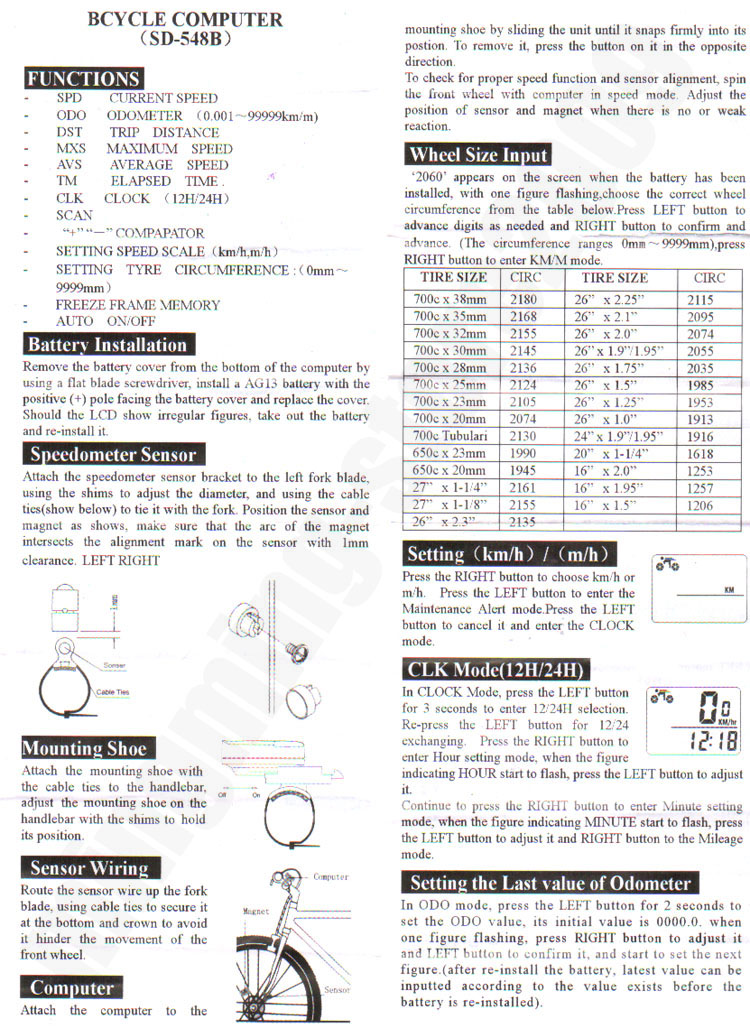 In modern models of machines, manufacturers provide for saving data in different places. In used cars, there was no attempt to protect the mileage data. How to check the real mileage of the car, the manufacturer did not voice.
In modern models of machines, manufacturers provide for saving data in different places. In used cars, there was no attempt to protect the mileage data. How to check the real mileage of the car, the manufacturer did not voice.
In early used cars with electronic mileage, the adjustment is made by connecting a laptop to the dashboard connectors. The information is programmatically deleted and it is impossible to detect traces of the odometer winding. In later versions of machines there is protection:
By some signs of obsolescence of interior materials, you can find out about the fact of counting device winding. Such facts include appearance, obsolescence of materials, wear of mechanisms and machine components. They try to draw conclusions about the winding after weighing all the signs in the aggregate. Consider how to check the mileage of a car by indirect signs.
Owning a machine for several years natural wear and tear cannot be avoided basic interior elements:
 The absence of abrasions and heavy wear indicate the winding of the odometer.
The absence of abrasions and heavy wear indicate the winding of the odometer. The condition of the body and its elements allows you to see by eye the fact of the odometer winding. Erased paint on the door handles indicates a decent wound experience. On the hood, after several years of operation, chips and scratches remain on the paintwork. Such wear is inevitable and by its absence we can conclude that the car is in good condition with low mileage.
This feature works if the bodywork does not show signs of fresh paint. Traces of paint are determined by the sagging in the area of the door hinges, hood and trunk. After painting, the interior metal painted interior elements differ in color from the body.
Significant corrosion on sills and fenders indicative of prolonged exposure to moisture on metal. Consider the presence of rust on the bottom of the car. If it is present, then hidden cavities of rotten metal are possible. Such a purchase should be abandoned.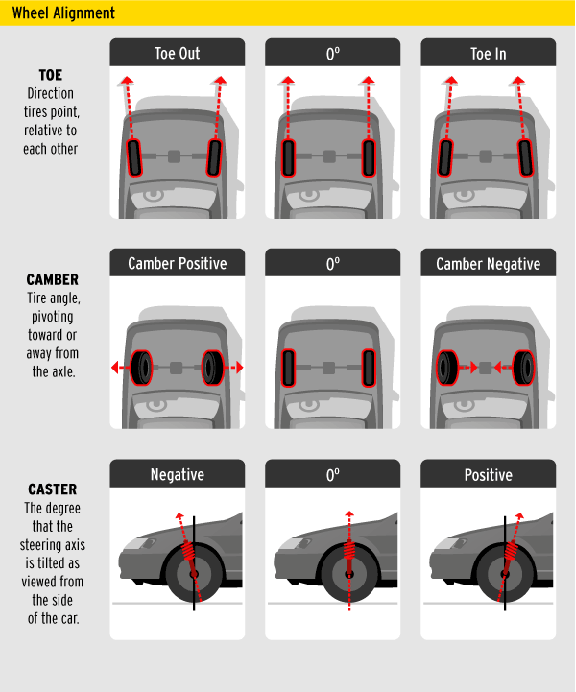
At the point of contact of the sealing elements, paint wear remains over the years. A decent mileage is indicated by paint chips in the area of the loops. Worn trunk and hood latch mount. The metal part of the tongue of the locks has recesses that form when driving on rough roads.
Door locks have mechanical scratches up to a millimeter deep and completely worn paint. In imported models of machines, there are no such latches; instead, hinges with a built-in locking mechanism for door position are used.
The condition of car windows deteriorates over time. The driver changes the windshield frequently. The condition of the side windows, mirrors and rear should be taken into account during the inspection. Headlight lenses have the heaviest wear from dirt flying from under the wheels of a passing car.
Bumper - the main element that takes the main load from flying stones and sand. The appearance and condition of the paint on it indicates a long-term careless attitude to the car.
Attention should be paid to the marking of body elements and parts. The marking code contains the year of manufacture of the part. The marking is present on the elements of the body:
If, according to the seller, the built-in stereo system is native, then you should look at the marking with the year of manufacture on it.
Let's consider how to determine the mileage for the key units. The seller does not have the opportunity to replace all worn out elements, this will entail unnecessary expenses and he will not receive any profit from the sale. The main parts that catch the eye are being replaced.
The timing belt is changed after a hundred thousand kilometers for service. If the odometer reading is low, remove the valve block cover. A worn belt shows actual mileage. If there is a new timing belt, then you should think about the veracity of the seller's words.
Engine diagnostics requires service personnel and instruments. Measurement of compression below the norm by 1-1.5 kg / cm3, the presence of oil in the exhaust indicates a mileage of 50 thousand kilometers. In modern cars , a control unit is built into the engine as a separate item. In it, manufacturers store information about the total mileage of the car.
This data can be viewed if a special instrument or service personnel is available. Do not disdain full diagnostics in the service center. The price of the car is much higher than the cost of inspection.
Deviations in the operation of the gearbox indicate a mileage exceeding 70 thousand kilometers. A mechanical box is characterized by asymmetric operation of compensators. The machine has a fuzzy inclusion of steps.
Inspection of shock absorber boots and struts allows you to assess the attitude of the previous driver to the car. The engine compartment will tell you about the life of the car. The exhaust pipe rusts after a hundred thousand kilometers.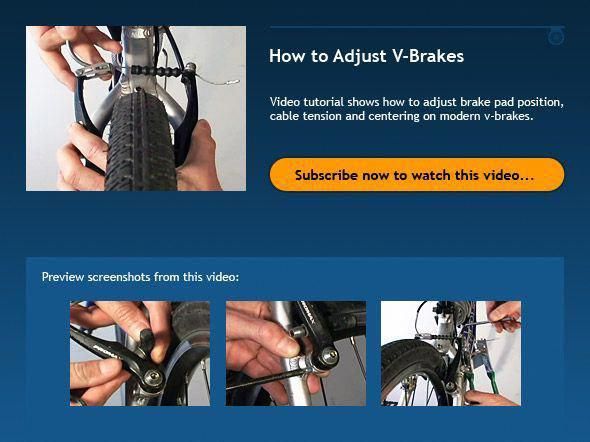 The collector acquires a reddish coating after 25 thousand.
The collector acquires a reddish coating after 25 thousand.
If the front of the radiator is dirty and deformed and the rubber tubes are hardened, then the car has run over 50 thousand. Rust on the radiator suggests that vehicles are operated for more than 200 thousand kilometers.
The VIN number will help you check the date of issue. Checking for theft and bail will not be superfluous. If the car was serviced in a service center, consult about the technical condition and terms of maintenance. For ten years of ownership and operation, even if the car was in the garage, the rubber bands and gaskets of the car wear out. With low mileage, such cars have disadvantages. The reliability of the nodes is comparable to the reliability of a five-year-old car with a hundred thousandth mileage.
When choosing a used car, you have to take into account all the signs of obsolescence of materials. And if more than half of the defects have accumulated, then the mileage of the car has exceeded one hundred thousand and the odometer is twisted.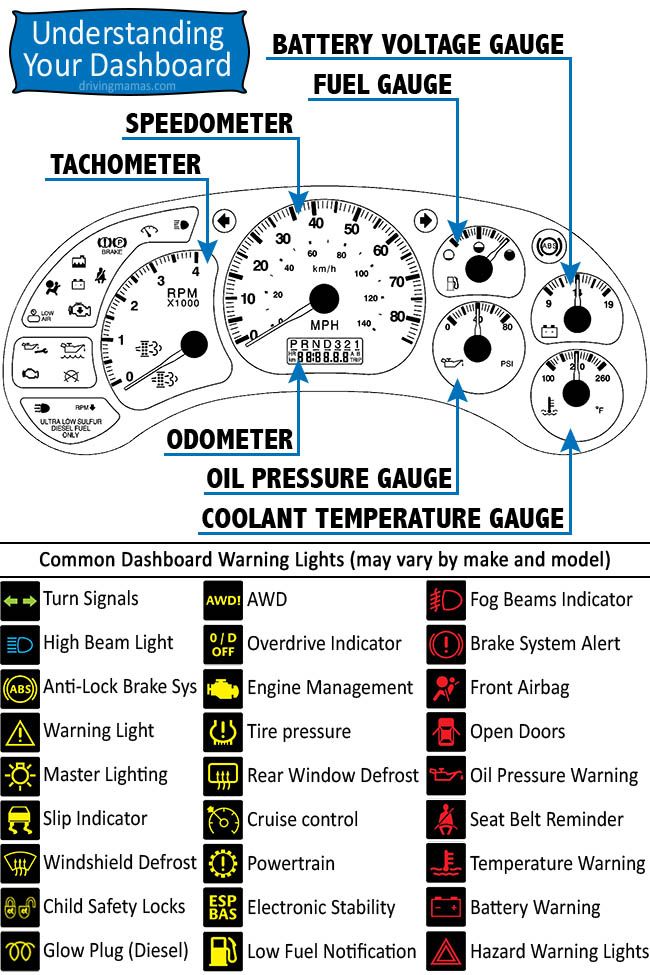 Car owners differ in their attitude to service. There are rare specimens in the secondary market that have the condition of a new car. Such goods are snapped up instantly. And if you met such a car, then you can consider it a great success. Preliminary diagnostics of components and parts will help prevent error using modern tools.
Car owners differ in their attitude to service. There are rare specimens in the secondary market that have the condition of a new car. Such goods are snapped up instantly. And if you met such a car, then you can consider it a great success. Preliminary diagnostics of components and parts will help prevent error using modern tools.
Many of you have heard the phrases of motorists “what is the mileage on the speedometer”, “wind the speedometer”, “speedometer twist”, “speedometer winder”, “speedometer adjustment”, “speedometer winding”, “how to wind the speedometer”, but only a few know that the word speedometer is used in these phrases is erroneous. The speedometer and odometer are two completely different measuring instruments, one of which determines the instantaneous speed of the car, and the second mileage in kilometers or miles. Therefore, it is correct to say not “wind up the speedometer”, but “wind up the odometer”, “adjustment of the odometer reading”, and not “adjustment of the speedometer”.
The speedometer was invented about a hundred years ago, at the dawn of the automotive industry. Who was the inventor of the first speedometer is unknown. It is believed that the first speed measuring device was installed on an Oldsmobile car released in 1901. According to other sources, the first speedometers were installed by FORD MOTOR Co. on their cars in 1910. Some historians believe that the invention of the first speedometer belongs to the famous inventor, physicist, engineer Nikola Tesla, who issued a patent for invention No. 1209359 in 1916. The design of the speedometer for a hundred years has not changed much, with the exception of some modern car models.
Who invented the odometer is not exactly established. Some scientists attribute the invention of the odometer to the ancient Greek mathematician from Syracuse - Archimedes (287-212 BC), others - to the Chinese scientist and inventor Zhang Heng, others - to the Greek mechanic and mathematician Heron of Alexandria (10-70 years . BC.). Mentions of the first odometer can be found in the chronicles of the 1st century AD. He was a cart. The size of the wheels was mathematically calculated and at a turnover of 400 times measured exactly 1598m. The gear transmission of the device was set in motion from the wheels of the trolley, the distance counter was small pebbles falling into the tray of the trolley. With the development of electronics, the design of speedometers and odometers was also improved. Modern dashboards work on slightly different principles. Electrical signals - pulses from ABS sensors, speed sensors are sent via CAN bus to the dashboard processor, processed and reflected in the form of readings on the odometer.
BC.). Mentions of the first odometer can be found in the chronicles of the 1st century AD. He was a cart. The size of the wheels was mathematically calculated and at a turnover of 400 times measured exactly 1598m. The gear transmission of the device was set in motion from the wheels of the trolley, the distance counter was small pebbles falling into the tray of the trolley. With the development of electronics, the design of speedometers and odometers was also improved. Modern dashboards work on slightly different principles. Electrical signals - pulses from ABS sensors, speed sensors are sent via CAN bus to the dashboard processor, processed and reflected in the form of readings on the odometer.
Odometers allow you to accurately determine how many revolutions a car wheel has made. Knowing the number of revolutions of the wheel, the microcircuit or processor calculates the distance traveled. Most often, odometers are electrical, mechanical or electromechanical. The odometer shows both daily and total vehicle mileage in kilometers and miles. This data allows you to accurately determine how far the car has traveled for a certain period of time and for the entire period of operation. Information about the mileage is displayed in a digital value on the dashboard of the car.
This data allows you to accurately determine how far the car has traveled for a certain period of time and for the entire period of operation. Information about the mileage is displayed in a digital value on the dashboard of the car.
Mechanical odometer. The design of the mechanical odometer is simple and reliable. Under the influence of mechanical force, the counter counts the revolutions of the wheel and converts them into the distance traveled. When a certain extreme mileage figure is reached, the mileage is reset to "0". The mechanical odometer is wound up with any "twist".
Electronic mechanical odometer. Wheel revolutions are read by a speed sensor based on the Hall effect. When the car is moving, the sensor generates pulse signals at regular intervals. For one kilometer of the way, the speed sensor transmits about 6000 signals to the electronic side of the speedometer. The data is converted into digital format and displayed on the dashboard of the car. To wind up the mileage on an electronic-mechanical odometer, you will need a CAN-twist.
Digital odometers are state of the art. All information coming from the sensors is processed by the microcontroller. It requires special equipment to correct it.
Dashboards, odometers and speedometers on modern cars work on different principles. On some dashboards, an electrical signal is received via the CAN bus in the form of an impulse from a speed sensor based on the Hall effect, on other panels from ABS sensors.
Modern equipment allows you to correct odometer readings on cars, trucks, motorcycles, snowmobiles. The time and price of the adjustment depends on the model, year of manufacture, the complexity of the preparatory work (removing the dashboard, disassembling the speedometer, removing the arrows), etc.
,
The mileage coefficient is designed to take into account the error in the speedometer/odometer readings in the calculated statistics. Changing tires to other sizes different from standard ones can affect both up and down (usually no more than 10%).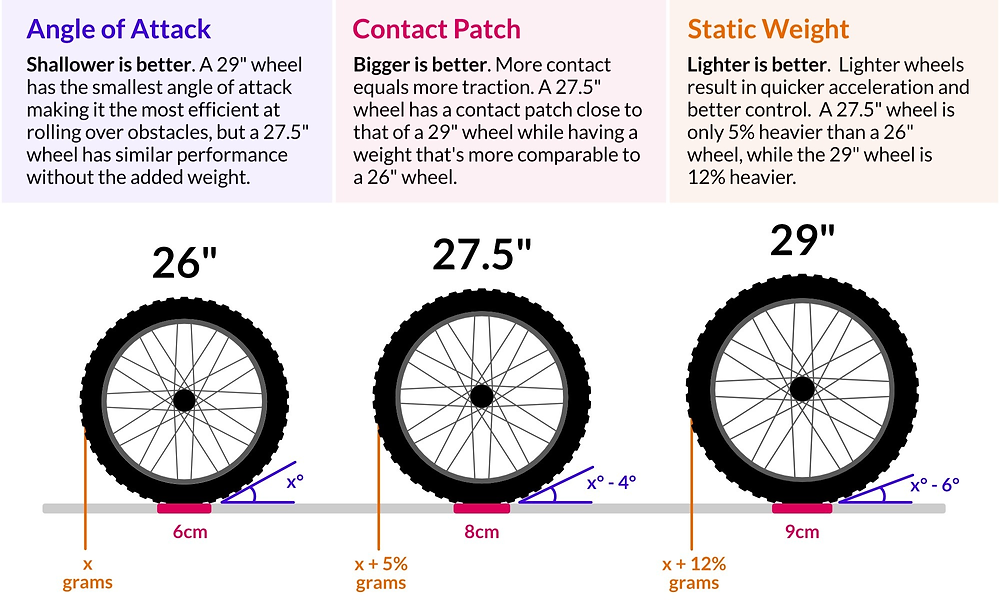 If you don't take this into account, it's forgivable. Not taking into account the program is a crime 🙂
If you don't take this into account, it's forgivable. Not taking into account the program is a crime 🙂
How the coefficient [K] is calculated
[K] shows an increase in the distance traveled per wheel revolution and is calculated as the ratio of the used wheel diameter to the original one:
[K] = ( R2 *25.4 + W2 * h3 *2/100)/( R1 *25.4 + W1 * h2 *2/100) h2 *2/100) these are the parameters of the 185/60 R15 tire, with index 1 - original, with index 2 - used
by default, the coefficient is 1. With an increase in tire size, the coefficient also increases.
For example: with 15″ wheels, the transition from 55% to 60% rubber gives an increase of 1 cm in clearance and an error in speed and mileage of about 3%.
How to install [K]
[K] is installed in two places:
For the convenience of its calculation, the program has a built-in tire calculator
It allows you to calculate the calculator without resorting to third-party programs and services.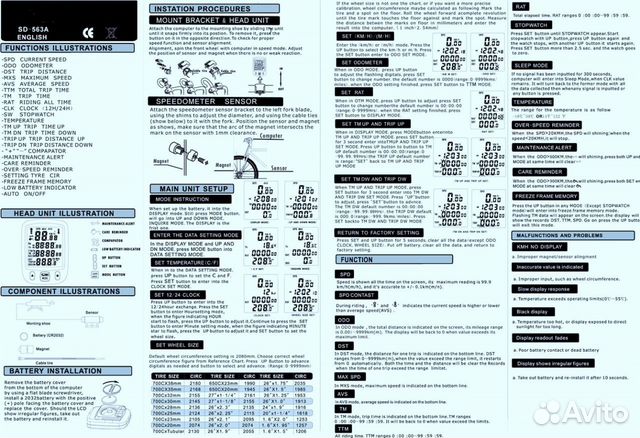 This feature is available to users in the PRO version.
This feature is available to users in the PRO version.
2. [K] is indicated for each fuel entry. By default, the current valid [K] specified in the vehicle settings is pulled up, but at any time it can be specified through the corresponding icon and the dialog for entering the specified value.
In the process of creating/editing a fuel record, [K] can be corrected. [K] entries do not depend on [K] specified in the vehicle settings and do not change when [K] is changed in the vehicle settings.
What does [K] affect
[K] affects the calculation of the consumption and cost of the path of the period that closes the record with this [K], i.e. participates in local history and gets on charts. It is not yet taken into account in global history, I am still considering it.
Example: here is the last consumption calculation period showing a consumption of about 10l/100km.
The odometer does not take into account tire size changes.
The standard way of using [K] - when changing shoes for non-pants rubber - is entered into the vehicle settings (or considered on the spot by the built-in calculator), when changing back, it is reset to 1.
A few important notes about [K]
